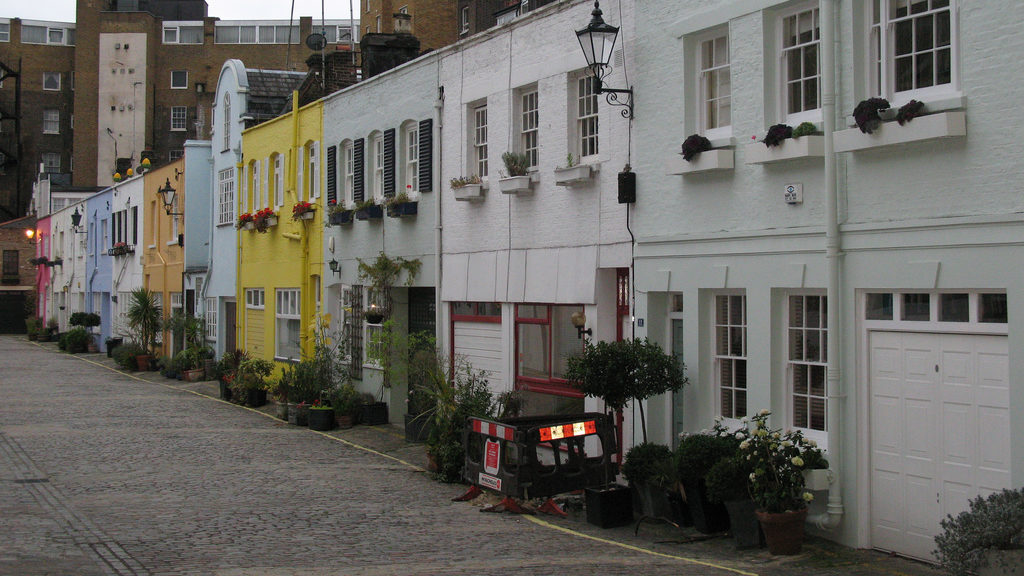Create Streets Fellow, Sofie Pringle, asks if user happiness can create a more successful neighbourhood.
Creating the successful neighbourhood is important, especially in an increasingly urbanising environment. Happiness is a critical component of this. If we could distil the ‘happiness’ feeling that a person experiences in a given space, irrespective of the social activities and programming that occurs, we would be on a journey to creating the ultimate haven for people living within urban environments.
What is it that evokes the feeling of happiness in users in urban spaces? What elements are present that go into creating those happy places. That is what we set out to know in our recently published pilot study.
User happiness
The happy city can be created – we just need to listen to the users and record their perceptions of the urban environment to understand which features bring the most happiness. Urban Happiness was a pilot study released about the relationship between user happiness and characteristics of the built environment. People within this study acknowledged that they were happier in environments with water, open space, views to landscape(s), mountains and even the city. We also find that there are many characteristics of this in common with the Dutch Woonerf – or ‘living street’.
Characteristics of the happy city
Our initial research phase identified a range of characteristics that people associated with their happiness from a variety urban places around the world. This data was collected from the social media platform Instagram through hashtags. Photographs that were tagged with a number of hashtags were analysed. Most interestingly, common features emerge even though images were from different parts of the world. Some of these features included open space, natural elements, historic or heritage buildings, colour, water and human scale buildings.
Our second phase consisted of a pilot study conducted in Brisbane, Queensland, Australia. This used a variety of data collection methods to gain information about people’s perceptions and evaluations of urban characteristics in relation to their happiness. What became evident here is that the features which emerged in phase one corresponded with the features that emerged in phase two. People associated happiness with open space (86%), natural lighting (81%), historic and heritage buildings (72%), views toward the city (68%) and colour (59%). People also linked the materials used on sidewalks, roads and building facades with their happiness. Other characteristics of environments include parks, modern streets, sidewalks, trees and particular styles of street frontages.
We also found that people prefer buildings of low to medium density, rather than high density. Whilst the preferred residential typology ranged from a detached house, semi-connected dwelling, terrace/row house through to the least desired housing being a multi-residential tower above 5 levels. This reinforces that people prefer human scale buildings, they associate this built form with their happiness.
Our pilot findings strengthen the argument for the happy city. In order to deliver density and create the happy city that is sustainable, a mix of built form typologies need to be integrated, including medium density terraces and streets that are comprised of these ‘happiness’ characteristics. Furthermore, in the densifying city, better quality towers need to be conceived and delivered with the right surrounding ‘urban habitat’ that aligns with social expectations and preferences.
Happiness on the horizon
Further research is currently being undertaken, which aims to formulate an assessment tool with the purposes to retrofit urban environments to enhance happiness, and thus wellness. It is anticipated that this will be able to assess or measure the ‘success’ of an area and inform the implementation and delivery of the happy city that increases people’s well-being. The tool is proposed to be used as a guide for the design and delivery of ‘happier’ greenfield developments also. This will use a variety of methods gathered over an extended period of time (the next 2 years), across a wider range of demographics at specific geographic locations in South East Queensland to better inform the assessment model. Particular metrics are being developed that relate to the value of various design features. The assessment tool will analyse the economic viability of various design features captured, and how to balance the trade-offs between the implementation costs of these positive features and the inherit value or worth to occupants (happiness).
This type of research starts the conversation about the benefits of good quality design for human happiness and wellness. We can use this to inform better policy, planning and design. Government should be cognisant of the affects that our urban environments have on human happiness. We need to retrofit happiness into our cities as well as embed it into new sites. Policy must consider this, because after all, who is the city for?
We can create utopian city but happiness has to become part of the blueprint.
Sofie Pringle is a PhD researcher and consultant at Queensland University of Technology, Brisbane and a Fellow of Create Streets.

